Societal shifts and global trends are steering countries away from centralized energy models toward local sustainability. The industry is aligning with global goals for a sustainable, CO2-emission free energy system. The traditional Low Cost vs. High Security of Supply dilemma is evolving into a trilemma, with Low Carbon Footprint as a new stakeholder demand.
Business transformations, driven by the Internet of Things, Big Data, and Robotics, further underscore the need for change. These rapid shifts profoundly impact the energy and utility market. The decentralized influx of “green power” affects the entire value chain, while energy storage capabilities, embodied in initiatives like Large Scale Batteries, The Smart Grid, and The Hydrogen Economy, emerge as disruptive game changers gaining significant traction.
Acquaint yourself with our Performance Improvement service with this short (3 minute) introductory video.
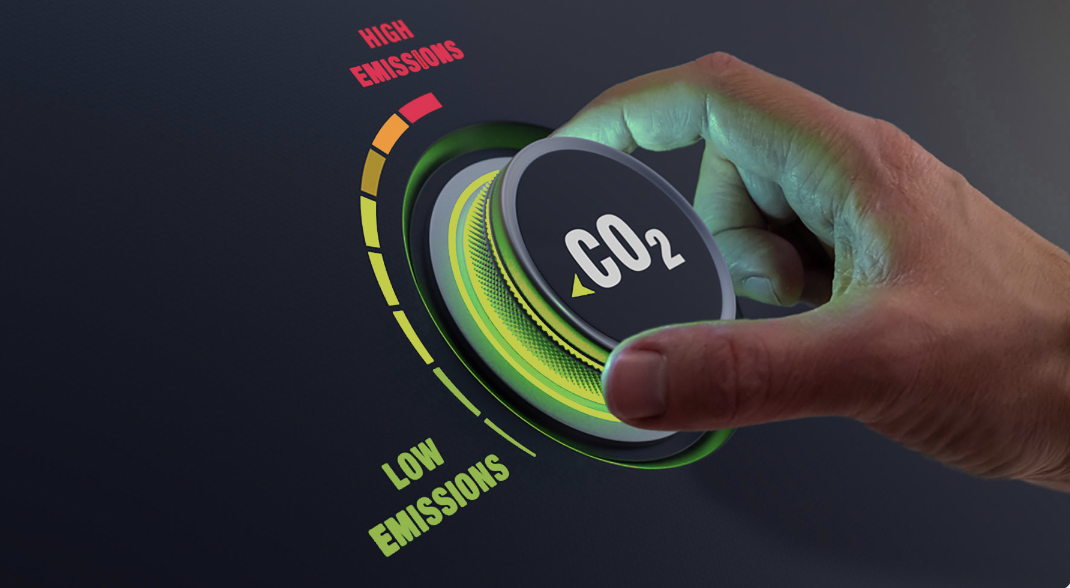

Several nations, backed by broad government acceptance, will reach their decarbonization goals sooner than others. Challenges may arise in countries facing resistance and navigating a less direct path to achieve decarbonization.
In the United States, a relatively polarized political system and litigious society suggest a potentially slower pace of change. This contrasts with the evolving beliefs of its citizenry. Some state governments may oppose the decarbonization movement, hindering federal legislators’ ability to mandate change. As a result, legislation often becomes entangled in prolonged court cases.
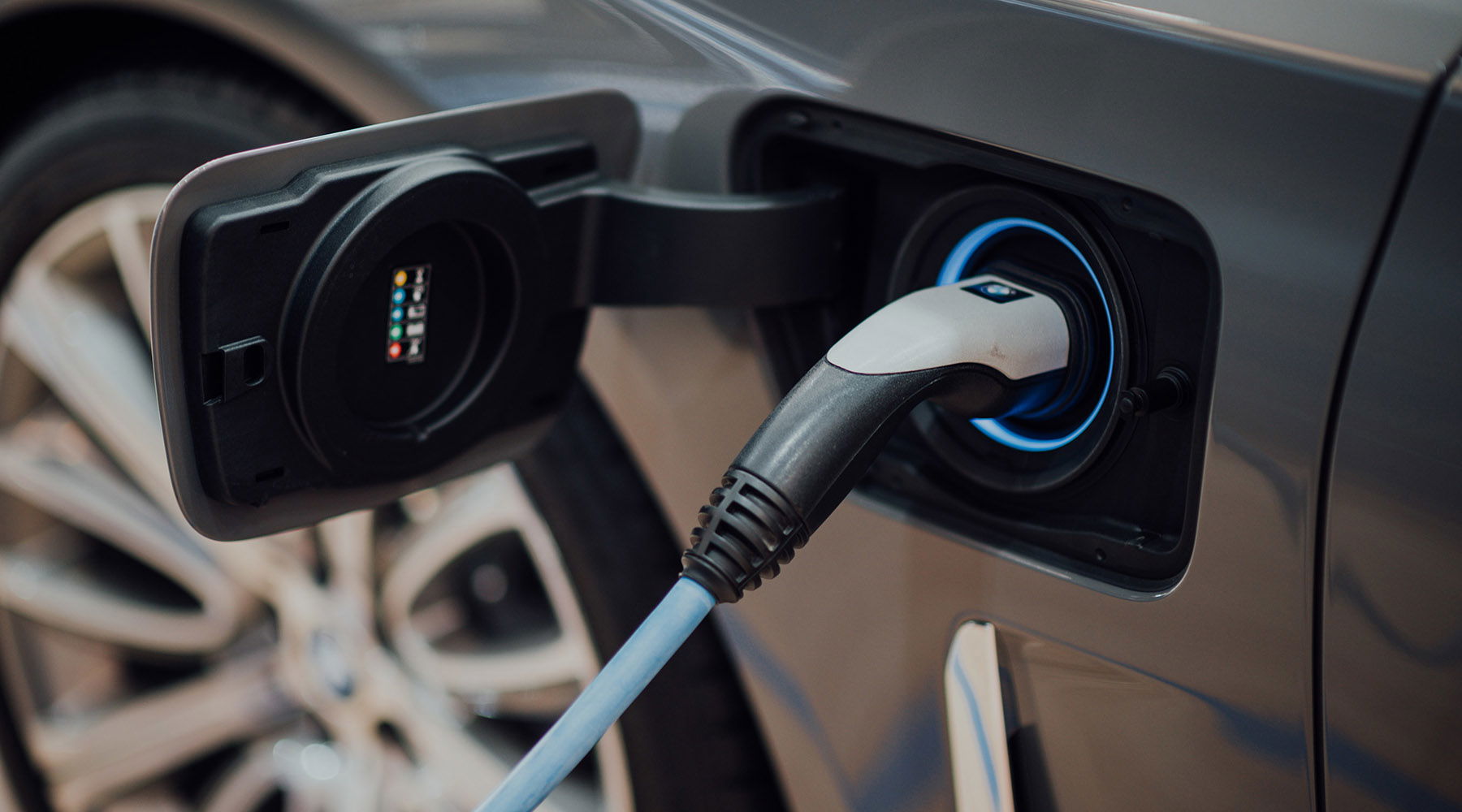
Regardless of government intervention, large corporations and manufacturers will instigate change in response to societal pressures. They will spearhead the development of sustainable and environmentally friendly products while enhancing the affordability of alternative technologies, such as Electric Vehicles. Global trends suggest a potential push for the United States to achieve at least a 20% Electric Vehicle penetration by the end of this decade.
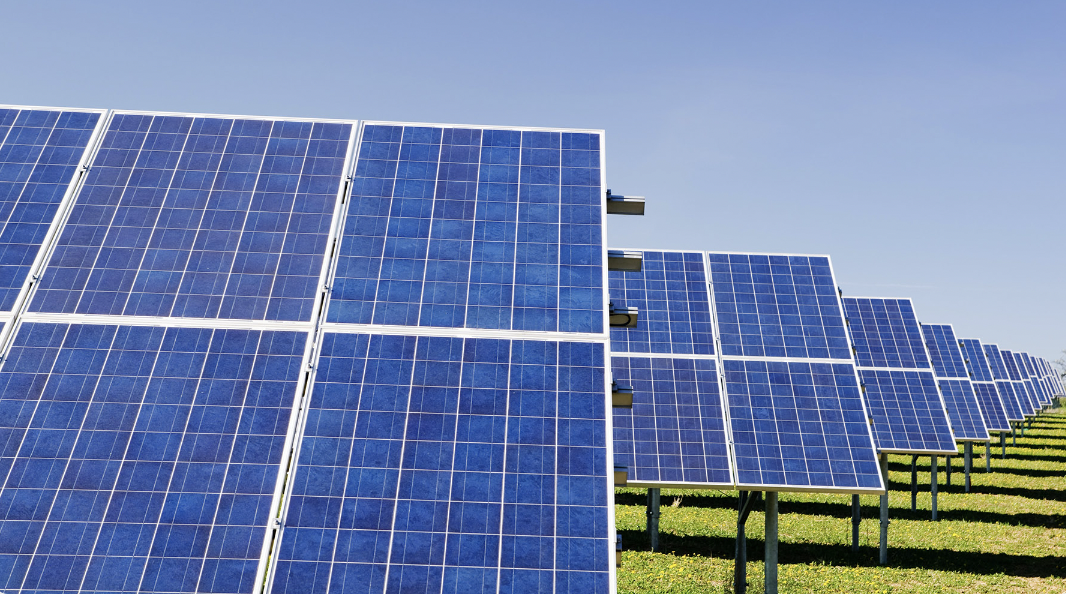
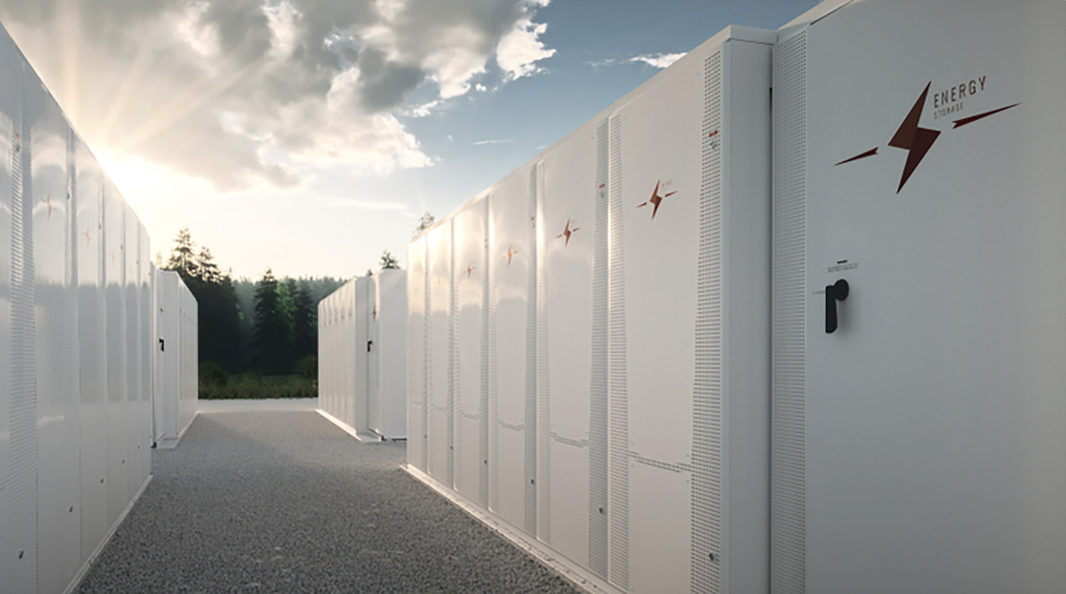
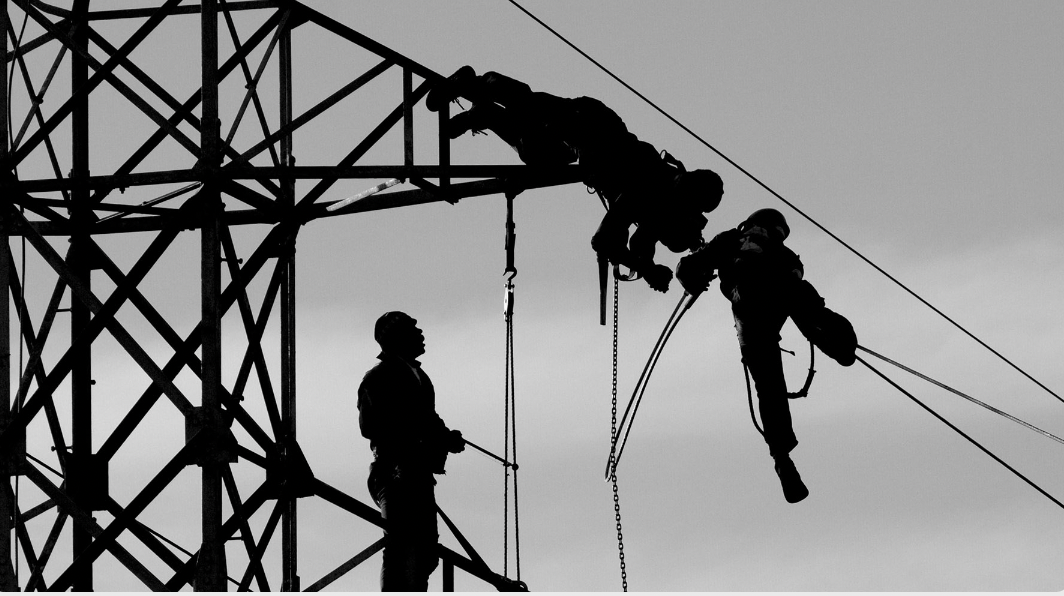

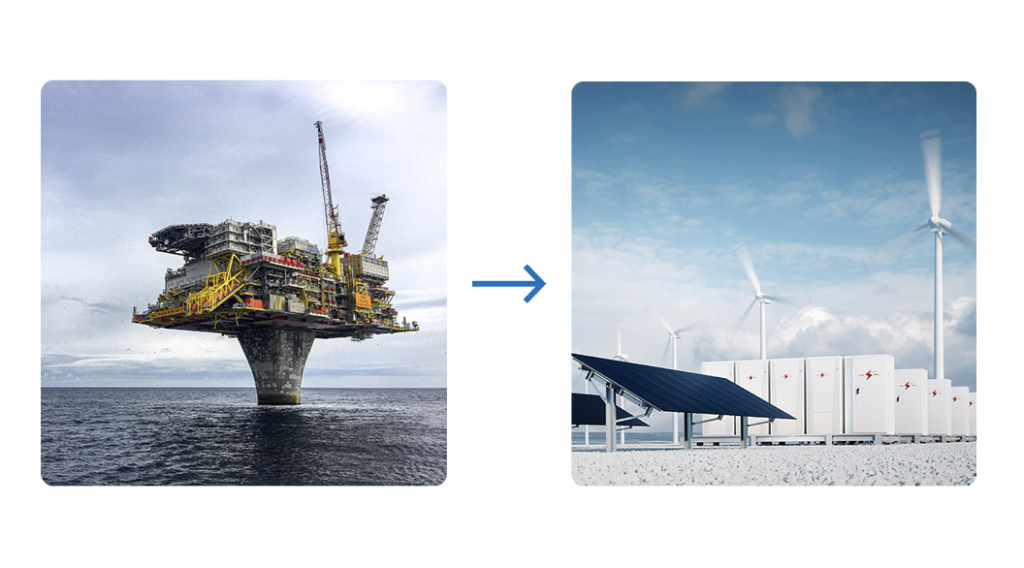

The influx of new revenues will empower electric utilities to undertake essential investments aimed at enhancing load delivery capacity.
Current estimates of Electric Vehicle (EV) penetration suggest increases of up to 20% for many utilities. The initial impact is expected to target only 15% of system feeders, influenced by customer psychographics and purchasing behaviors. This scenario could potentially triple the peak load on these assets. Research indicates that an investment of $3,000 to $4,000 per retail customer is required for necessary upgrades. This equates to over $7 billion for a utility with 2 million customers.

Is your company making the RIGHT decisions to manage this upsurge in investment and construction?
Preparations need to start now.
The Energy Transition is poised for accelerated progress in the coming decade, driven by significant changes in technological advancements, regulatory landscapes, consumer preferences, and investor sentiments within the world’s energy systems. Leveraging over 30 years of industry expertise, OHROS Consulting Group is well-equipped to provide research-driven insights, data-based recommendations, and, most importantly, expertise to assist you in achieving significant milestones throughout your Energy Transition journey. Whether your focus is on specific concerns, such as evaluating Electric Vehicle (EV) Penetration and circuit load impact, or you are pursuing a holistic transformation into a “Utility of the Future,” our experienced team is dedicated to guiding you through every step, ensuring the swiftest path to success.

The utility business is experiencing big changes in markets, systems, and regulations, all linked to various strategic factors. This complexity brings a mix of options and demands, pushing for a major business transformation. The resulting uncertainty challenges utility management in planning and decision-making, given the interconnected but seemingly conflicting initiatives.
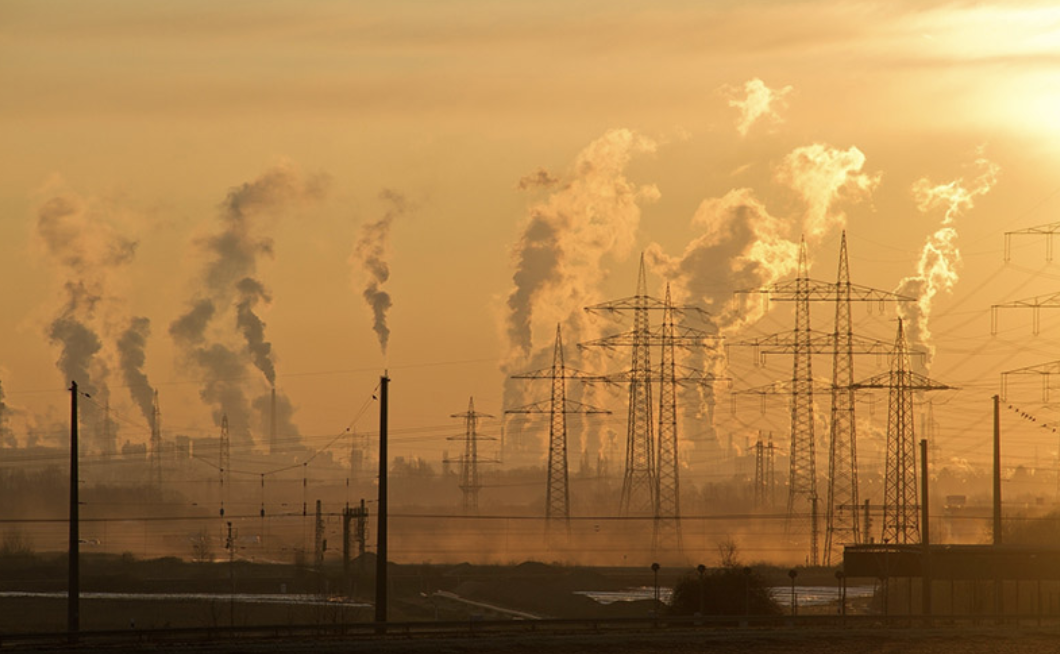
Utilities must identify the risks and opportunities associated with:
• Climate Change
• Carbon Costs
• Volatile Fuel Prices
• Emerging Clean Technologies
• “Smart” technologies and enhanced communication networks
• Expanding energy efficiency programs
• Increasing customer expectations
• Regulatory lag and disconnects
• Competing 3rd party energy and related service providers
They then need to position themselves to be out in front of the rapid and diverse changes that are taking place.

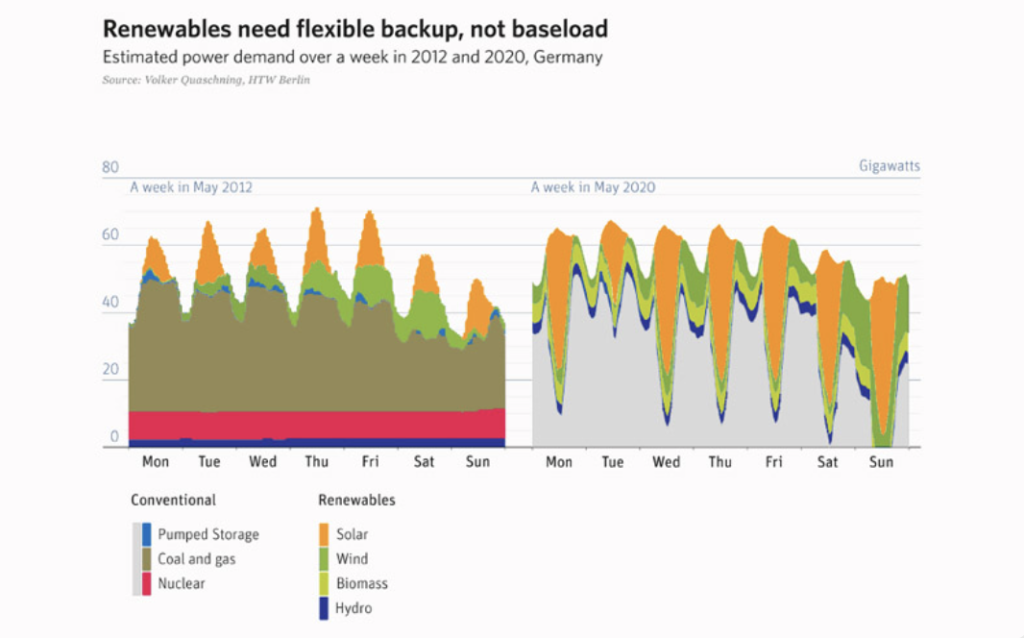
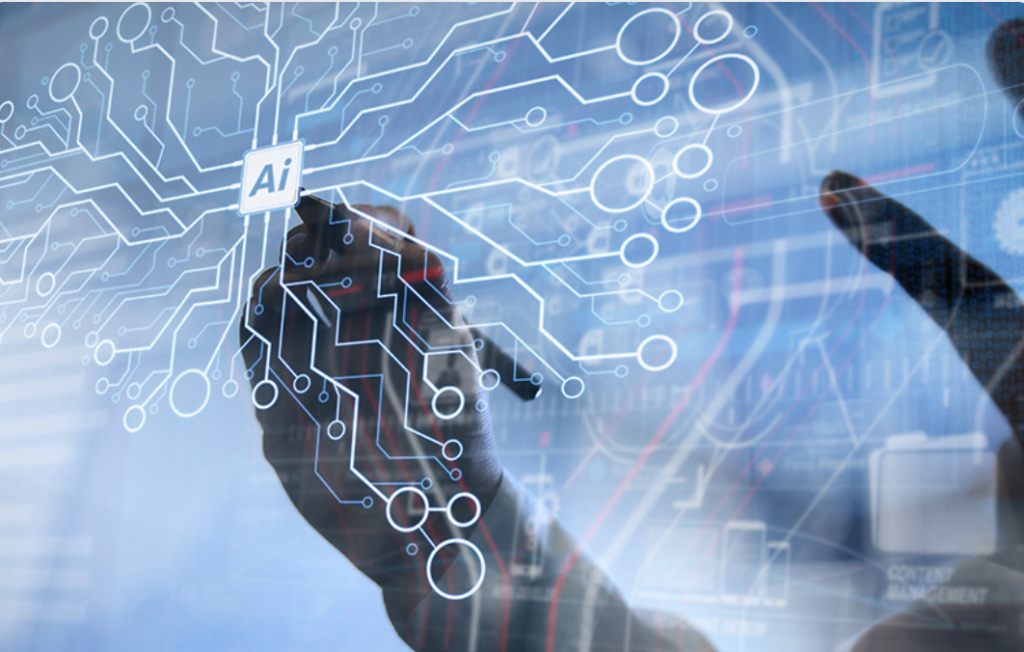
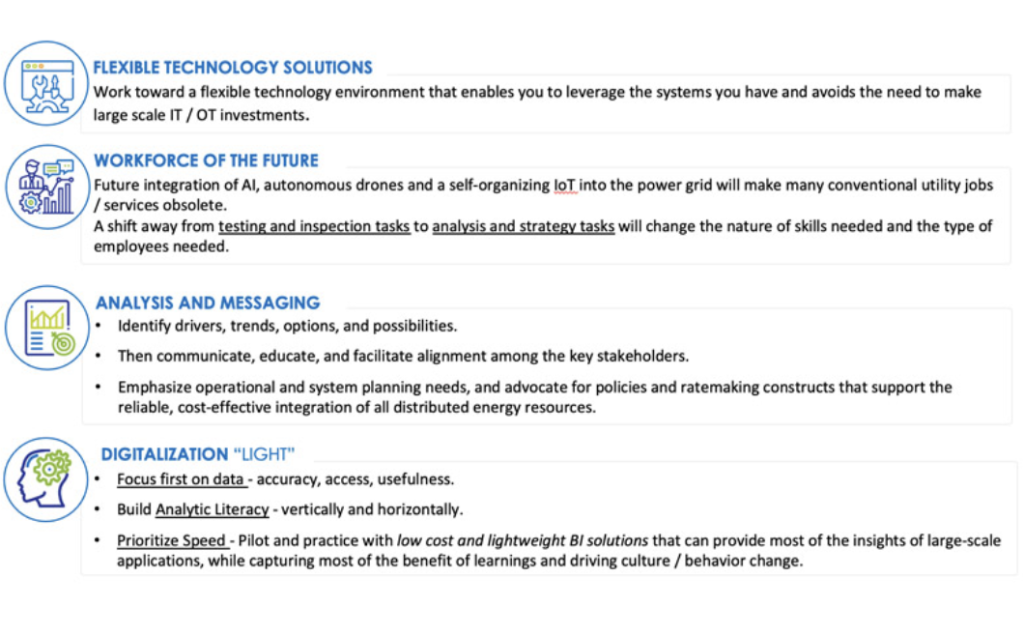
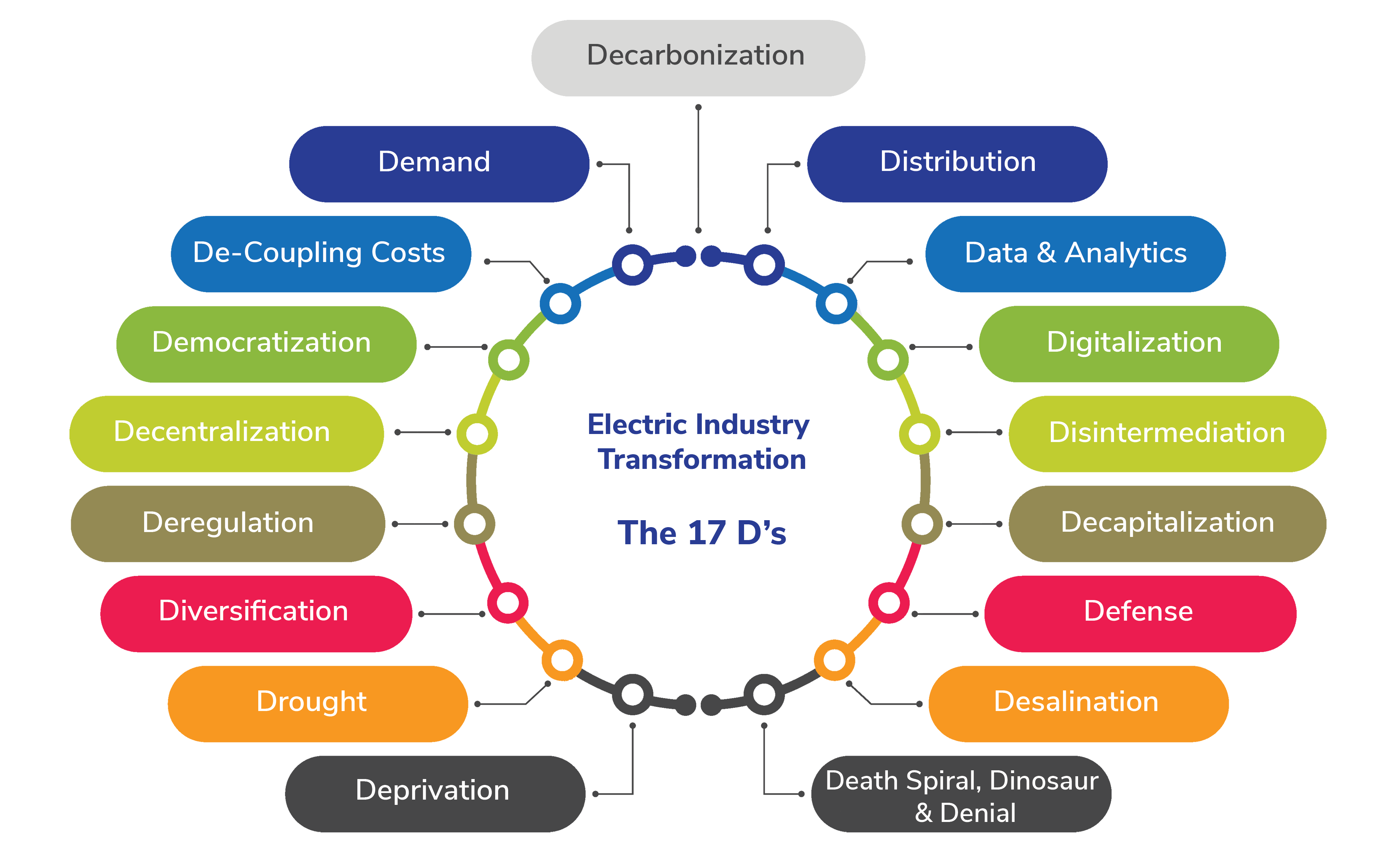
De-Coupling Costs
Decentralization
Diversification
Digitalization
Decapitalization
The future may seem challenging for many, marked by ongoing cost-cutting, reduced staff, constant performance pressure, gradual unbundling, loss of autonomy, and a shrinking business. It can feel like living under constant scrutiny, with every move subject to second-guessing.
Resisting or delaying this transformation may be tempting, but the compelling forces behind it are robust and will eventually prevail. For entities in our industry owned by the government, compliance may be mandatory. However, for those of us with shareholders expecting ongoing innovation and increased earnings,what can we do?
Considering all strategic dimensions (17D’s) and taking immediate action is crucial. This proactive stance aims to earn the opportunity to cultivate greater potential in this swiftly evolving industry.
Over the last 5 years, OHROS Consulting Group has assembled a robust team of experts specializing in Energy Transition and ‘UoF’ (Utility of the Future) Strategy and Planning. During this period, we have successfully undertaken numerous ‘UoF’ Readiness and Planning Engagements, and we are pleased to offer the following services:

To determine where organizations stand in light of the energy transition, OHROS Consulting Group can support by performing a comprehensive review of their environment and current strategy.

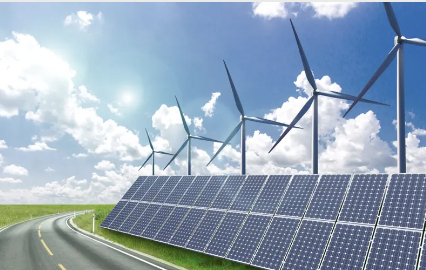




OHROS Consulting Group supported the development of a Utility-of-the-Future (UoF) Strategy and Plan that offers dynamically evolving guiding documents to lead our client into the future. It sets the stage for an operational plan with individual accountability specified for each major milestone / investment growth enabler and targeted outcome. The strategy document:
Key elements of the above initiatives set the stage for the company’s compliance with the State’s Energy Master Plan and development of a complementary Integrated Distribution plan (IDP).
The magnitude of change to come with the Energy Transition and decarbonization efforts will require sustainable partnerships and engagement throughout the entire value chain proposition. At OHROS Consulting Group, we acknowledge the necessity of global knowledge-sharing and are known for facilitating this.

We have helped utility clients prepare for the future for more than 30 years

We are able to quickly and capably analyze & assess client needs

We assemble Best Practices and turn them into World-Class Solutions
Copyright 2024, OHROS Energy group B.V. All Rights Reserved

At OHROS Consulting Group we are able to support businesses to assess their current standing in light of the Energy Transition. By reviewing your environment, current strategy, asset base, data management and workforce, and identifying and prioritizing gaps, we can help you to first focus on the quick wins and then calibrated long term improvements.
“To know where you need to go you must first know where you stand.”
A typical Readiness Assessment consists of a comprehensive review of latest thinking on drivers and factors for consideration, strategic planning analysis, documents and plans to identify any gaps in the underlying data, and peer benchmark assessments. This creates a well defined end-state in the form of required capabilities and a list of Strategic Gaps (Vision, strategy and capabilities).
Gap Assessment Drill-down: Strategic Thinking

The white papers play a large role in socializing strategies with the executive team and identifying accountabilities among executives. Our team of industry experts has supported numerous engagements to drive Executive Strategy with regard to Business and Market Evolution. We will work to ensure an optimal blend of industry relevance and strategic insight.
We can also help build strategic messaging documents, informed by executive alignment meetings and workshops, that can serve as a vehicle to organize the thinking, priorities and actions of the organization around communicating your strategic intent to all relevant (internal and external) stakeholders.
Would you prefer to have a sparring partner to explore and validate ideas and issues regarding your Energy Transition Strategy? Through one-on-one ‘OHROS Group Counseling Sessions” you have the opportunity to gain clarity on your issues and to examine these against a wider global context. Get in touch with one of our experts now.

Setting your strategies and goals is a great starting point to becoming a Utility of the Future. We help to build detailed roadmaps and comprehensive implementation plans which lay out required actions, organizational accountabilities for each major initiative or outcome, dependencies between actions, work streams, required investments, and expected outcomes.
A typical roadmap will consist of clear and concise steps plotted over a set timeline to deliver a multi-year strategy. Each step tells you what it is, why it is needed, critical aspects for consideration, and who owns it- with specific title and name. Creating accountability results in urgency.
Sample of Future State Vision Statements as Input to the Strategic Roadmap

Prior to roadmap creation, we recommend establishing detailed “Future State Vision Statements”. These will help to guide and formulate the overall Strategic Roadmap, which will consist of clear and concise steps plotted over a set timeline to deliver a multi-year strategy. Each step tells you what it is, why it is needed, critical aspects for consideration, and who owns it- with specific title and name. Creating accountability results in urgency.
Sample of Utility-of-the-Future Implementation Plan Excerpt

A detailed Implementation Plan, in support of the Overall Strategic Roadmap, should consider key external and internal factors such as:
– Workforce-of-the-Future initiatives, etc.
At a minimum, the plan will include the following components:

The level of change needed for becoming a Utility of the Future during this Energy Transition is nothing short of “Transformational”. Coordinating, navigating, organizing and driving all this work represents, in and of itself, an exceptional project management challenge. However, when we layer atop each initiative the level of change required of our employees, i.e. understanding and accepting the impact to process, culture, information flows and work practices, and the myriad personnel changes involved, the complexity seems extraordinary. At OHROS Consulting Group, we understand this challenge and can help you navigate through it with ease.
Change Management strategy and planning is crucial in a transformation like this. OHROS Consulting Group can support key change areas and enablers such as:
OHROS Consulting Group also offers coaching and training options to broaden and deepen your awareness and knowledge of responsibilities regarding the Energy Transition. Together, we can identify company implications and pitfalls and formulate a plan of action. We can educate board members on potential impacts throughout the organizations and suggest best practices for implementing a successful transition from current to future business models. Bottom line: We can help manage change.
Would you rather prefer to have a sparring partner to explore and validate ideas about issues regarding your strategy in the Energy Transition? Through one-on-one counseling sessions you have the possibility to get a clear picture of your issues and to examine these against a wider context then your own organization. Get in touch with one of our experts now.

These smaller, targeted projects are usually focused on a single topic for investigation or to provide analytic modeling and/or decision-making support within the broader Energy Transition context. Examples include:
Utility of the Future Fossil Exit/Transition Optimization
program considering costs, risk, resources, and timing of various scenarios as well as communication strategies.
DER/Electric Vehicle Penetration Advanced Modeling
– As an example, EVs are coming sooner than most utilities are planning for them to arrive and they will disrupt the distribution grid by several multiples above the current planning levels. By starting at the customer meter level, we can help predict “where and when” needs for circuit upgrades, capacity upgrades, and new distribution substations to be ready for the demand when it comes online.
Custom Modeling / Proof of Value Studies
– Improve your digitalization capabilities via our existing digital solutions (digital strategies, advanced modeling, asset management and reliability improvement software, and data services) using a process-based gated approach to pilot or full implementation.
Capturing Value from Pilots
– Support in areas such as analyzing the value case, prioritizing amongst initiatives, and conducting effective rollout processes of selected pilot initiatives.
Data Enhancement and Enrichment

Total Added EV Load by Year and Cumulative

Data Enhancement and Enrichment: Example visualization of a client transmission line – showing each structure and its sequenced path, overlaid with an OH line shape file. This was primarily used for checking for data quality issues. Sample data with span length shown as well.